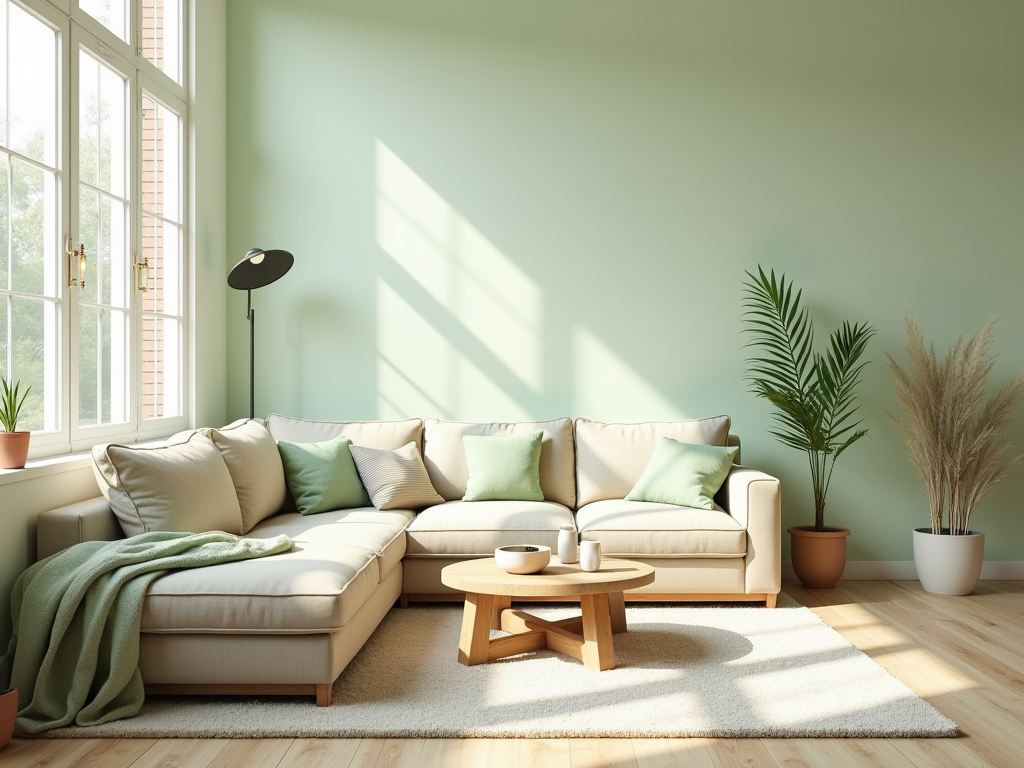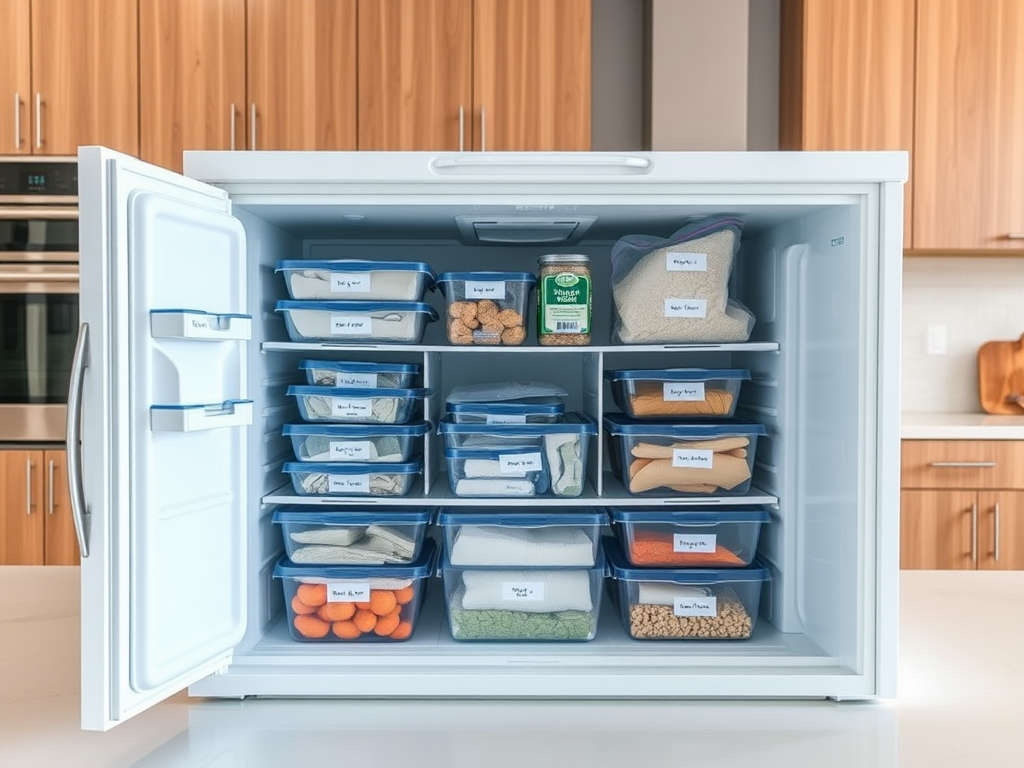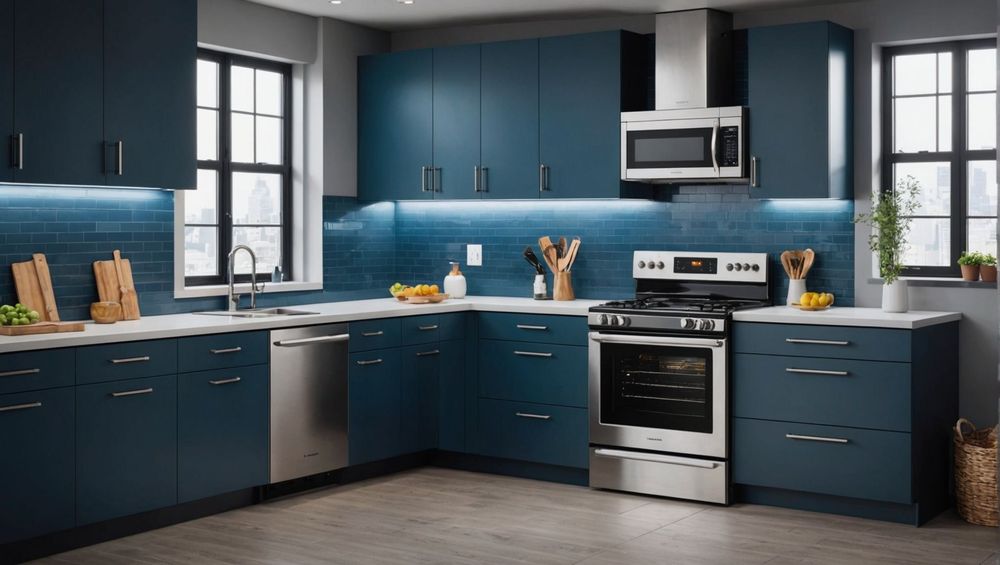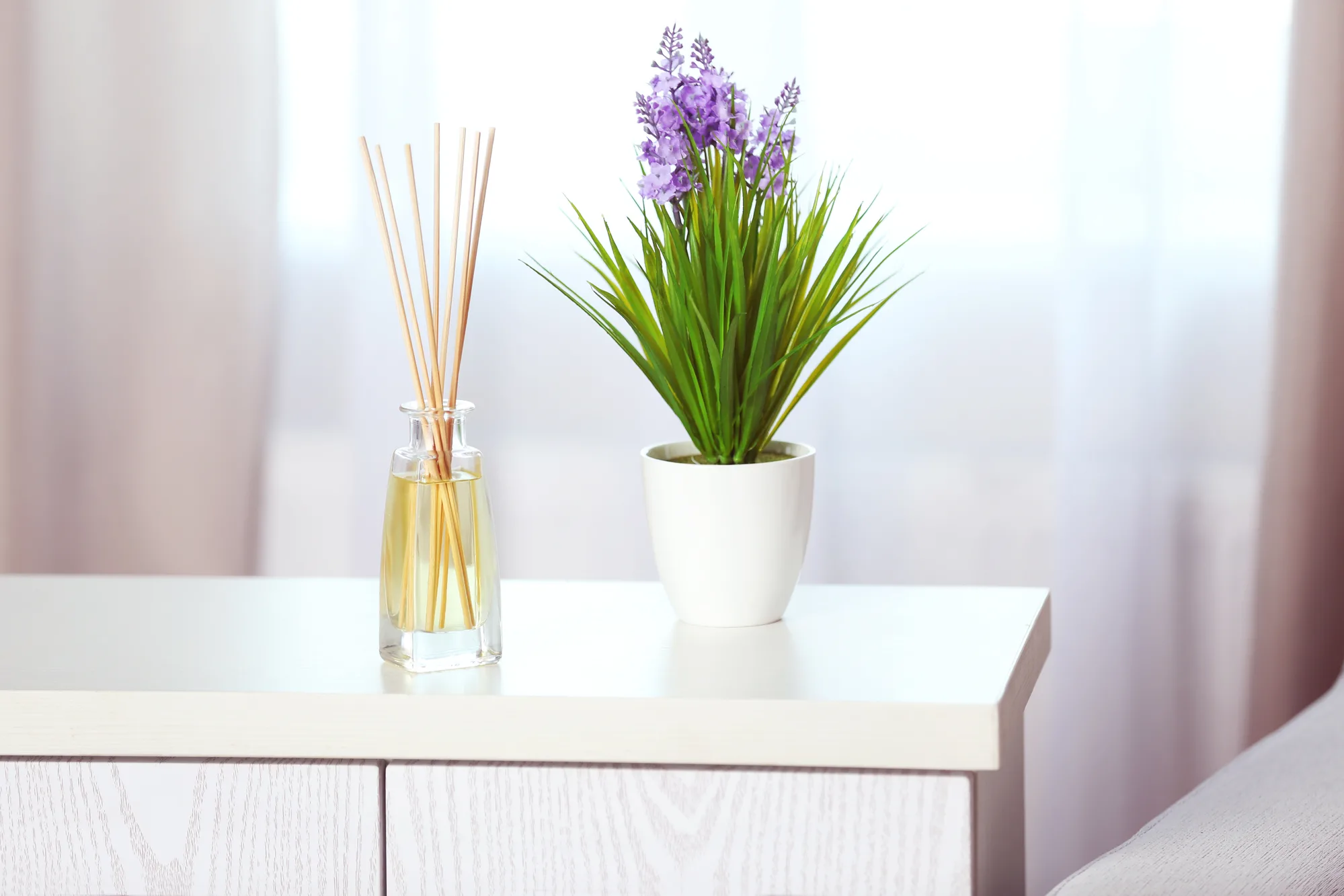Dust accumulation is an inevitable aspect of indoor environments, but it doesn’t have to happen as quickly as it often does. By implementing strategic cleaning routines and making some simple adjustments in your daily life, you can effectively reduce dust buildup. This article explores effective preventative measures and offers actionable tips to keep your home cleaner and healthier for longer periods.
Understanding Dust: What It Is and Where It Comes From
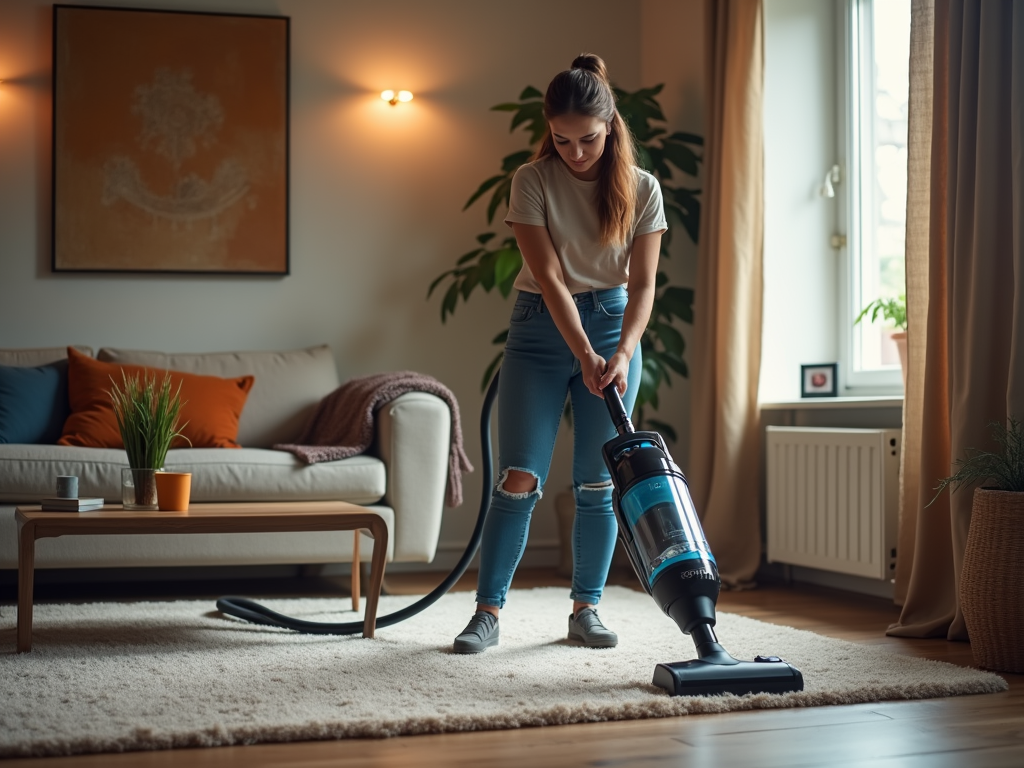
Dust is comprised of small particles that originate from various sources, such as skin cells, fabric fibers, pet dander, and outdoor pollutants. When these particles become airborne, they settle on surfaces around your living space, leading to a dusty environment. One of the main contributors to rapid dust accumulation is inadequate ventilation and insufficient cleaning. Recognizing the sources of dust in your home is crucial to developing a plan to minimize its buildup.
Several common sources of dust include:
- Textiles: This includes curtains, upholstery, and clothing that release fibers.
- Foot Traffic: Dirt and debris from shoes can be tracked inside.
- Pets: Fur and dander from animals can significantly increase dust levels.
- Outdoor Elements: Pollen, leaves, and soil can come indoors on clothes or through open windows.
Understanding these sources will help you be proactive in your cleaning efforts and create a healthier living environment.
Establish a Regular Cleaning Routine
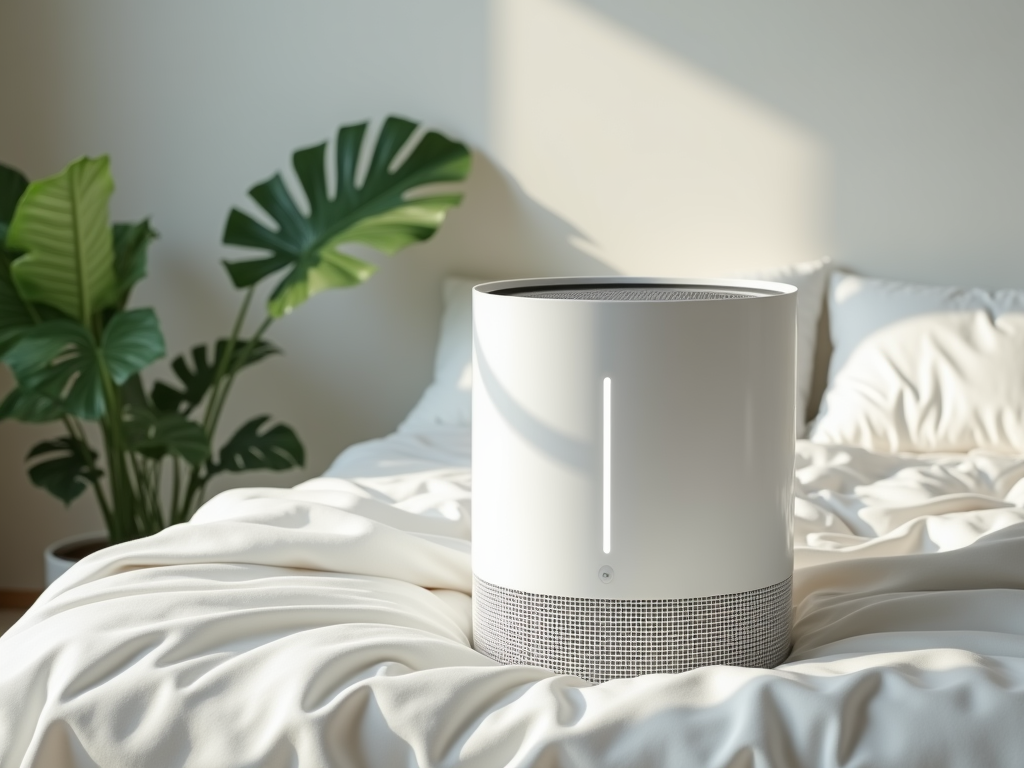
Regular cleaning is fundamental in preventing dust from accumulating. Establishing a consistent cleaning schedule allows you to stay on top of dust buildup and maintain a cleaner home. Here are some tips to enhance your cleaning routine:
- Vacuum Regularly: Use a vacuum equipped with a HEPA filter to trap dust particles effectively.
- Dust Surfaces: Use a microfiber cloth that attracts dust particles instead of spreading them around.
- Mop Floors: Regularly mopping can significantly reduce dust settling on hard surfaces.
- Clean Air Filters: Replace or wash filters in HVAC systems and air purifiers routinely.
- Declutter: Limit decorative items and keep surfaces clear to minimize dust accumulation.
By integrating these practices into your cleaning routine, you can create a systematic approach to dust management that also enhances the overall comfort of your living environment.
Optimize Indoor Air Quality
Indoor air quality plays a significant role in dust accumulation. Poor air quality can exacerbate the problem by allowing more pollutants to settle indoors. Here are ways to improve your indoor air quality:
- Use Air Purifiers: Strategic placement of air purifiers can help capture airborne dust and allergens.
- Ventilation: Open windows to promote airflow but be mindful of outdoor air quality.
- Humidity Control: Keeping humidity levels between 40% and 60% helps prevent dust from becoming airborne.
- Regular Maintenance: Ensure that your HVAC system is regularly maintained and ducts are professionally cleaned.
Implementing these strategies will not only help reduce dust but also improve your overall indoor air quality, making your home a healthier place to live.
Sometimes, the greatest source of dust can come from our daily habits. Making mindful changes can significantly reduce the amount of dust that accumulates quickly. Consider the following:
- Remove Shoes: Establishing a no-shoes policy indoors will prevent outdoor debris from entering your home.
- Groom Pets Outdoors: Regularly grooming pets outside can minimize the amount of fur and dander that circulates inside.
- Manage Clutter: The less clutter you have, the fewer surfaces there are for dust to accumulate on.
- Wash Bedding and Curtains: Frequent washing can help reduce dust mites that love to invade fabric.
By modifying these everyday habits, you can take significant strides toward controlling dust levels in your home.
Conclusion
In conclusion, preventing dust from building up quickly in your home involves a combination of understanding its sources, implementing a proactive cleaning routine, optimizing indoor air quality, and changing everyday habits. By tackling these areas systematically, you can create a cleaner, healthier living environment that not only looks better but also promotes better health for you and your family. Remember, consistency is key, and small changes can lead to significant results over time.
Frequently Asked Questions
1. How often should I vacuum to reduce dust accumulation?
It is recommended to vacuum at least once a week, but if you have pets or high foot traffic, consider vacuuming two to three times weekly.
2. What type of air filter is best for reducing dust?
A HEPA filter is the most effective type for trapping dust and allergens. Make sure to change or clean your filters regularly to maintain their effectiveness.
3. Can plants help reduce dust in my home?
Yes, certain houseplants can help improve indoor air quality by capturing dust and other airborne particles while also adding humidity to the air.
4. Is it necessary to buy an air purifier to control dust?
While air purifiers can be beneficial, they are not absolutely necessary if you maintain regular cleaning practices and optimize ventilation and humidity in your home.
5. How can I tell if my home has high dust levels?
Signs of high dust levels include visible dust buildup on surfaces, frequent sneezing or allergy symptoms, and a cloudy appearance in the air. Regular cleaning and monitoring for these signs can aid in controlling dust levels.
